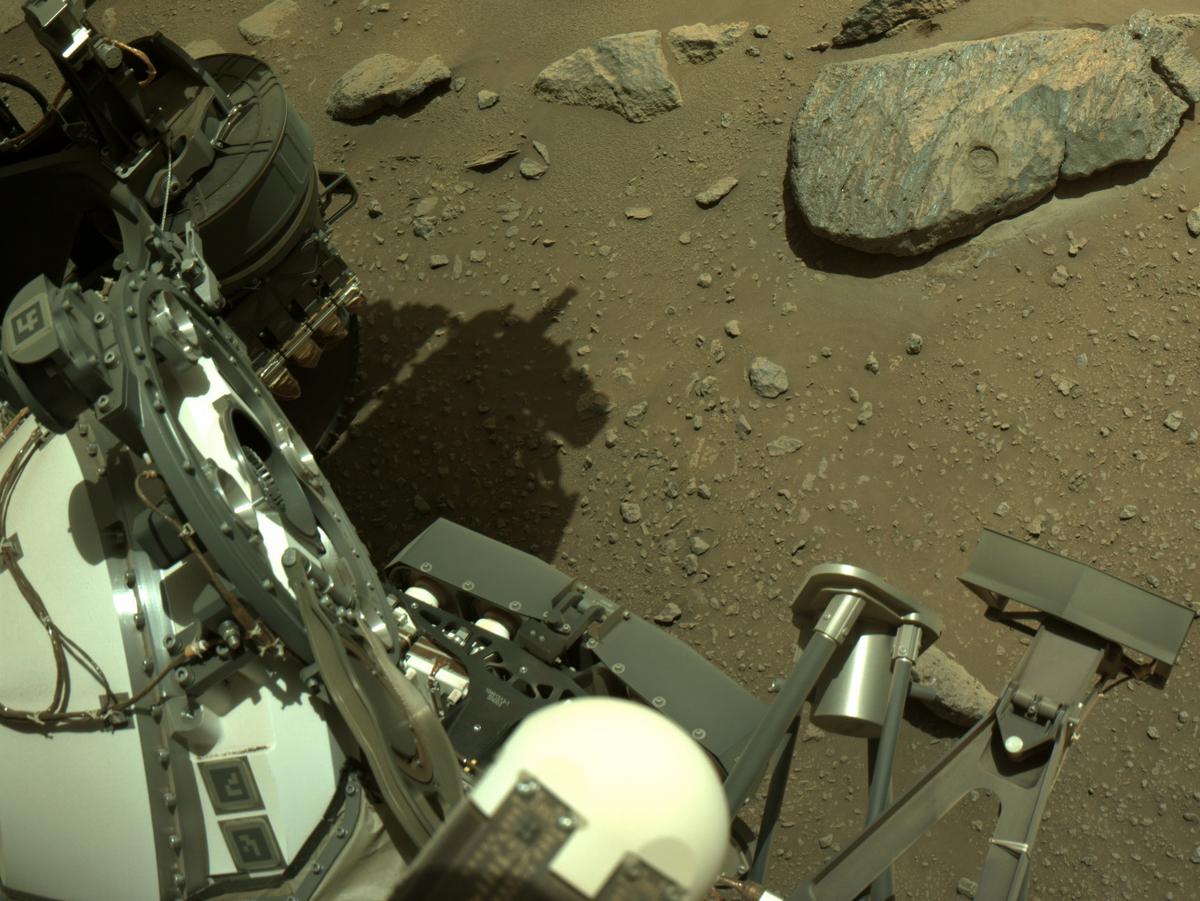
Perseverance, the NASA Mars rover succeeded in drilling martian rocks despite its initial failure. Read to know about what Adam Steltzner, the rover’s chief engineer calls ‘one beautifully perfect cored sample’.
NASA Mars Rover: Success at the second attempt

The attempt, nicknamed ‘Rochette’ is from a rock size of a briefcase from a ridgeline which is 900 meters long. NASA’s first attempt was a failure since the rock was crumbling when the rover attempted to pick it up. The first attempt on ‘Citadelle’ failed as the rocks were resisting wind erosion. According to NASA officials, this suggests that they can hold up the pressure of drilling.
“The project got its first cored rock under its belt, and that’s a phenomenal accomplishment. The team determined a location, and selected and cored a viable and scientifically valuable rock,” said Jennifer Trosper, a project manager at NASA’s Jet Propulsion Lab in Pasadena.
The first images clicked by the NASA Mars rover show a sample in the tube. However, it does not show if the core is intact due to poor lighting. “The team determined a location, and selected and cored a viable and scientifically valuable rock,” added Trosper.
What’s next for the rover?

Images with better lighting will be taken on September 3 and beamed home the next day. “f those images confirm that the tube does still contain an intact sample, it will be sealed and stored,” confirmed officials from the Jet Propulsion Lab.
Additionally, NASA is planning for a mission to bring back about 30 such rocks to Earth in the 2030s. The space agency will use these rocks for analysis by researchers on Earth for further research. It will also provide answers to confirm microbial life on Mars. This will be the first-ever pristine sample from another planet to be hauled to Earth





